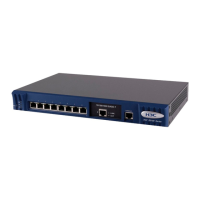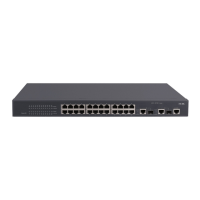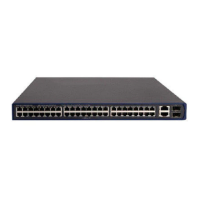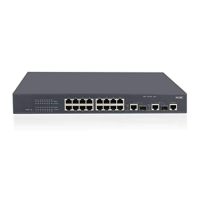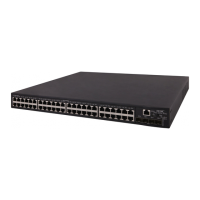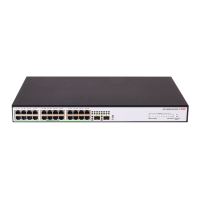1-11
Description
Use the display lldp status command to display the LLDP status of a port.
If no port is specified, this command displays the LLDP status of all the ports.
Examples
# Display the LLDP status of all the ports.
<Sysname> display lldp status
Global status of LLDP: Enable
The current number of LLDP neighbors: 2
The current number of CDP neighbors: 0
LLDP neighbor information last changed time: 0 days,0 hours,4 minutes,40 seconds
Transmit interval : 30s
Hold multiplier : 4
Reinit delay : 2s
Transmit delay : 2s
Trap interval : 5s
Fast start times : 3
Port 1 [Ethernet1/0/1]:
Port status of LLDP : Enable
Admin status : Tx_Rx
Trap flag : No
Roll time : 0s
Number of neighbors: 5
Number of MED neighbors : 2
Number of CDP neighbors : 0
Number of sent optional TLV : 12
Number of received unknown TLV : 5
Table 1-4 display lldp status command output description
Field Description
Global status of LLDP Indicating whether or not LLDP is globally enabled
The current number of LLDP
neighbors
Total number of the LLDP neighbor devices
The current number of CDP
neighbors
The current number of CDP neighbors
LLDP neighbor information last
changed time
Time the neighbor information is latest updated
Transmit interval Interval to send LLDPDU
Hold multiplier TTL multiplier
Reinit delay Initialization delay
Transmit delay Delay period to send LLDPDUs
Trap interval Interval to send traps
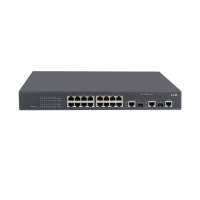
